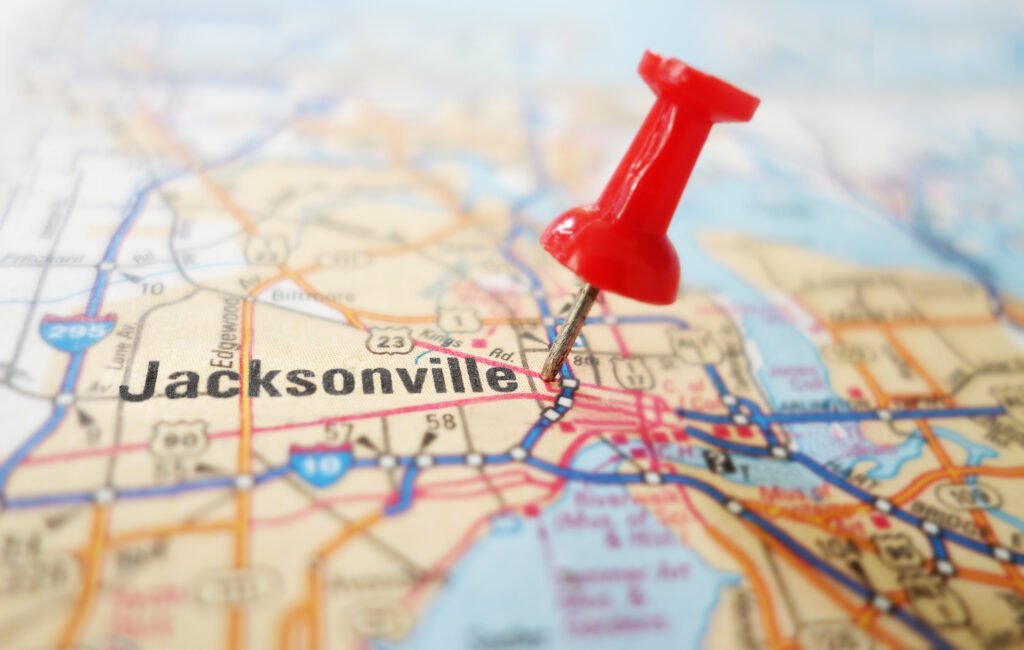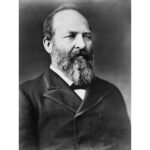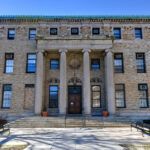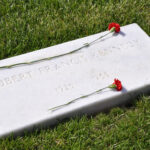A devastating fire broke out in Jacksonville, Florida, resulting in one of the most destructive urban fires in American history on May 3, 1901. The Great Fire of 1901, as it came to be known, burned for eight hours, destroying over 2,000 buildings and leaving nearly 10,000 people homeless.
The fire began in the early afternoon at a mattress factory in the LaVilla neighborhood, which was home to many wooden structures. A small fire was ignited when a spark from the chimney landed on a pile of Spanish moss, a common material used for stuffing mattresses. Despite attempts to extinguish the flames, the fire quickly spread due to strong winds and dry weather conditions.
The inferno swept through downtown Jacksonville, consuming entire city blocks and leaving only a few structures standing. Remarkably, only seven deaths were reported, though the true number of casualties may have been higher.
In the aftermath of the disaster, the city of Jacksonville underwent a period of rapid reconstruction. The rebuilding efforts led to the development of new building codes and fire prevention measures, including a brick or concrete construction in the downtown area. Jacksonville’s architectural landscape was transformed, with many new buildings reflecting the popular styles of the early 20th century.
The Great Fire of 1901 marked a turning point in Jacksonville’s history, spurring growth and modernization that would shape the city’s future. Today, the fire is remembered as a pivotal event that tested the resilience of the community and paved the way for Jacksonville’s progress and development.
References:
https://www.jaxhistory.org/great-fire-1901/
http://www.floridahistorynetwork.com/may-3-1901—jacksonville-burns-to-the-ground.html




